Ben Lowry: Film world isn't telling the other side of the story about IRA terror
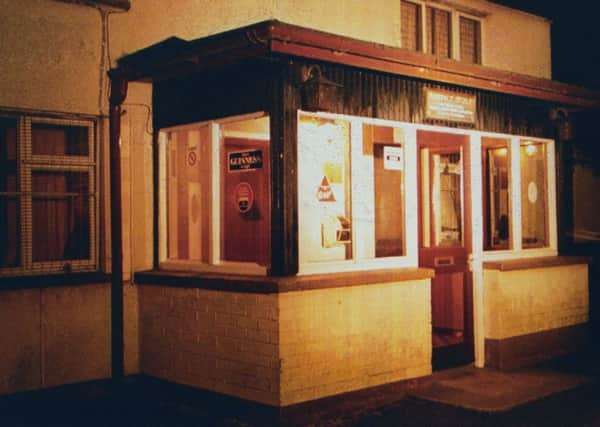

The UVF attack on Catholic men watching a World Cup football match was one of the most horrific in a long list of Troubles grievous crimes in which civilians were deliberately targeted.
The new film, ‘No Stone Unturned,’ begins with a chilling recreation of the attack.
Advertisement
Hide AdAdvertisement
Hide AdThe convivial atmosphere of the Heights Bar as the Republic of Ireland game played on TVs is depicted, interspersed with footage of the killers in black overalls driving to the scene, and pulling balaclavas over their heads.
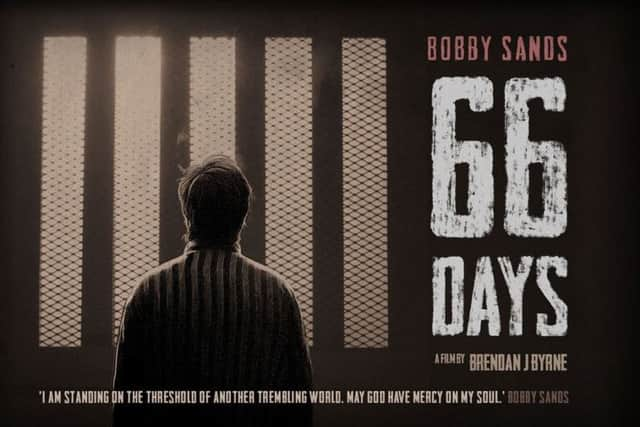

Given that most viewers of the documentary will know, or at least sense, what is about to happen, it is hard to watch this unfolding scene.
The film makers have the good taste not to be graphic about the actual moment of deaths.
You wonder how people could carry out such an act.
You also wonder what it would be like to be present when the shooting begins out of the blue – presumably initial confusion at the noise followed quickly by disbelief and blind terror.
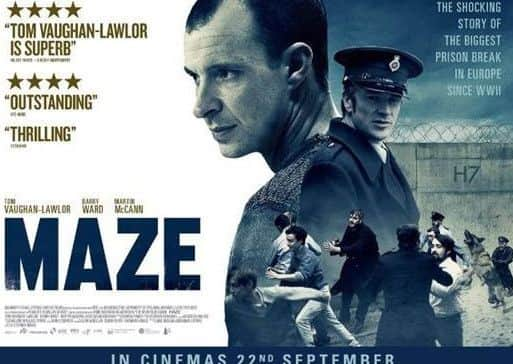

Advertisement
Hide AdAdvertisement
Hide AdI found it timely to watch such a dramatic recreation, because it reminded me of the controversy over remarks by the government minister Rory Stewart, who said it would be better if British citizens who travel abroad to fight for Isis are killed in the battlefield.
Of course Mr Stewart was right.
And of course it would have been no tragedy if the security forces had stumbled upon the Heights Bar and shot dead on the spot the people involved in that attack.
If you live by the sword, you must be prepared to die by it.
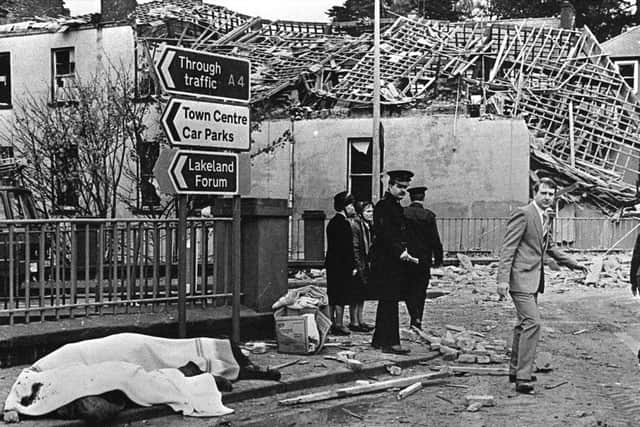

The documentary was almost two hours long but held my attention, which is quite an achievement - typically I am flagging if any sort of film, light or serious, goes beyond 90 minutes.
Advertisement
Hide AdAdvertisement
Hide AdIt did some impressive investigative work, tracking down an ex RUC detective to the village to which he has retired in France.
The name of his sleepy village flashed up on the screen, amid film footage of the area.
The most dramatic part of the documentary is the point where it names the alleged killers. It also identifies the wife of one of the men as having written a letter confessing her knowledge of the attacks.
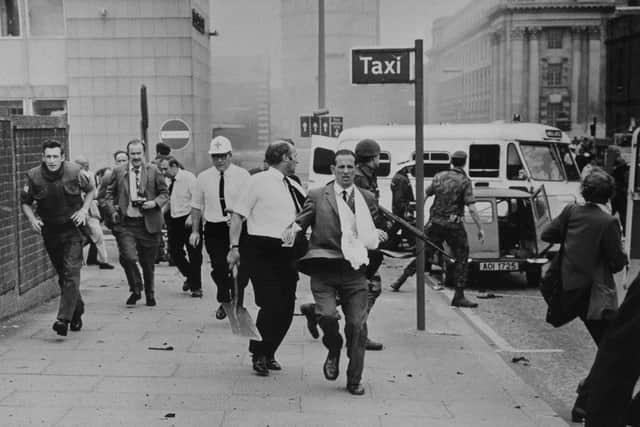

We will hear more about this case in the coming months.
Much of the core information will not have been new to anyone who has read the police ombudsman’s report into the killings.
There were many disputable assertions in the film.
Advertisement
Hide AdAdvertisement
Hide AdIt was suggested at one point that the previous ombudsman, Al Hutchinson, in the first report into Loughinisland (which made no finding of collusion in the murders) seemed almost to have pre-determined a conclusion, then allowed the facts to fit the conclusion.
To get an idea of how controversial it is to imply such a thing, imagine for a moment the fury there would be if anyone implied that the latest report by the current ombudsman (which found collusion in the murders) had set out to reach a conclusion, then made the facts fit.
At one point a relative of a victim recalled how someone at the time of the massacre had, when discussing who was to blame, said you need look no further than them (ie RUC).
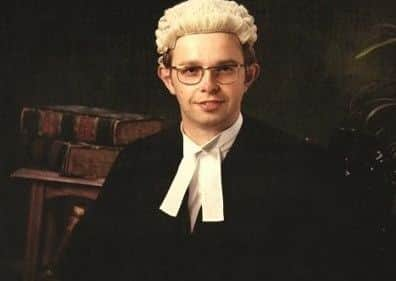

The documentary ended with an on-screen message about the many unsolved Troubles deaths and a reference to the British government withholding millions of files relating to deaths.
Advertisement
Hide AdAdvertisement
Hide AdThe average viewer in London or New York will certainly emerge thinking that the British state during the Troubles was a murderous one, just as Sinn Fein say (and indeed a growing number of politicians and commentators across the spectrum seem to accept).
I will not rehearse my views on that perspective, because I have said so many times before it is tosh and that loyalist intelligence was useless (evident at Loughinisland, when murdering thugs killed Catholic civilians, not IRA terrorists).
But there seems to be no-one out there in the film or documentary world who wants to depict the other side to this narrative.
Where is the coming film on Enniskillen, one of the most sickening massacres of civilians in Europe since World War Two, 30 years ago on Tuesday?
Advertisement
Hide AdAdvertisement
Hide AdWhy did the BBC never suddenly surprise Martin McGuinness as he was out and about with an unexpected set of questions about his knowledge of past murders in the way that Panorama did of a retired army officer in an English village?
We have had recently the 66 Days documentary on Bobby Sands and the Maze film about the breakout, which is not unkind in its depiction of IRA men.
An American film-maker (or indeed the British or the Irish state broadcasters) could do a series, not merely one programme show, on just the IRA crimes against humanity alone: Claudy, Bloody Friday, Kingsmill, La Mon, Harrods, Teebane, Shankill and others.
And the many calculating individual murders: Who ordered the murder of Patsy Gillespie? Of the lawyer Edgar Graham?
Advertisement
Hide AdAdvertisement
Hide AdDays ago it was reported that Arlene Foster is quite prepared to concede the legacy inquests, if it is part of a legacy package.
Earlier this year we scrutinised these 94 inquest deaths, mostly at the hand of the state. More than a third of the dead were terrorists.
We ran an important series of articles by the lawyer Neil Faris challenging the notion that separate legacy inquests need to be held to meet the UK’s commitments under Article Two of the European Convention of Human Rights.
Mr Faris pointed out the injustice not only of such deaths getting special scrutiny over other deaths, but of the vast amount of people who have not had proper redress for the injury or economic ruin they suffered at the hands of the IRA.
Advertisement
Hide AdAdvertisement
Hide AdRepublicans killed 2,100 of the 3,700 people killed in the Troubles. Yet it is Sinn Fein who are so confident of legacy structures they have actually made it a talks red line.
Those of us who have urged London and unionists to hold out are losing this fight.
I still think we are handing the narrative to terrorists to whom Britain reacted with restraint and that it is a massive scandal.
But there is one thing we might achieve. Of the mooted £150 million ear-marked for legacy, this must be broken down on a per death basis. We must see how much scrutiny different types of death are getting.
Advertisement
Hide AdAdvertisement
Hide AdWe must also be told exactly how much taxpayers’ cash via legal aid has been spent chasing state bodies in civil cases over the Troubles.
Let the people know how insanely generous Britain, that patiently saw off a long and determined terror campaign, has been to those who will destroy that narrative.
l Ben Lowry (@BenLowry2) is News Letter deputy editor